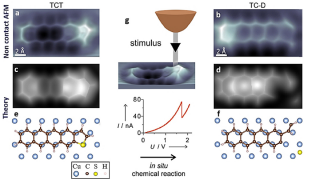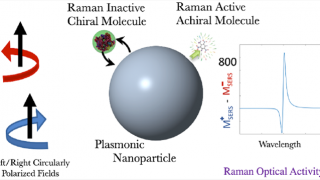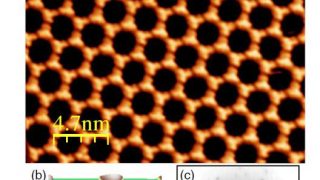
Controlling single molecule conductance with a new class of covalent bond formation
One of the greatest inventions of the 20th century, if not the greatest, was the transistor. It revolutionized the electronics industry and changed the way people around the world lived, learned, worked, and played. Its invention marked the beginning of solid state electronics which quickly reduced the size and power requirements of existing electronic tube […]








